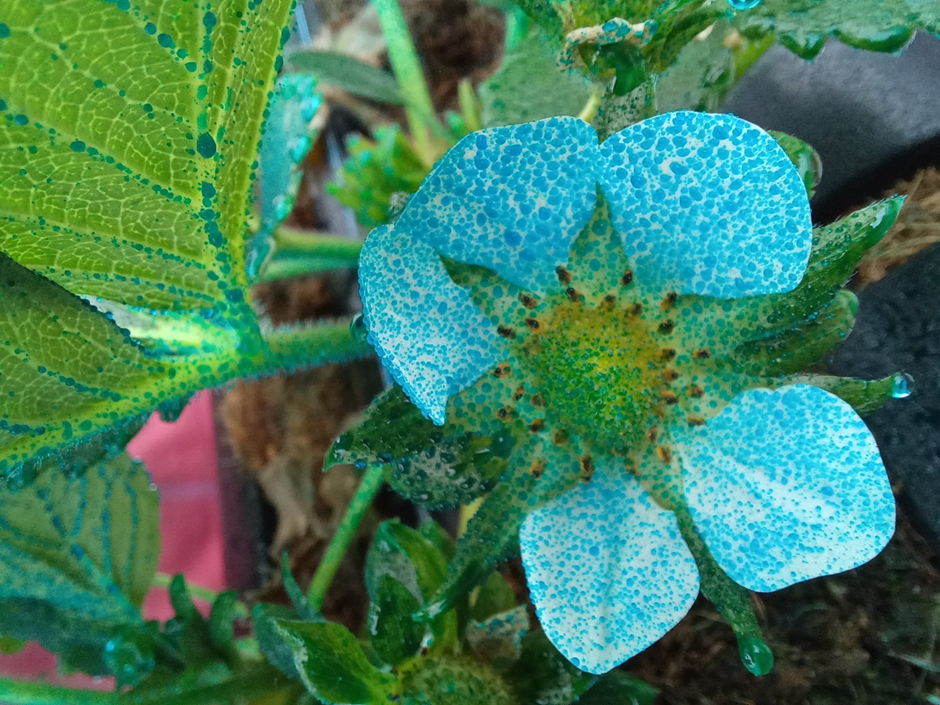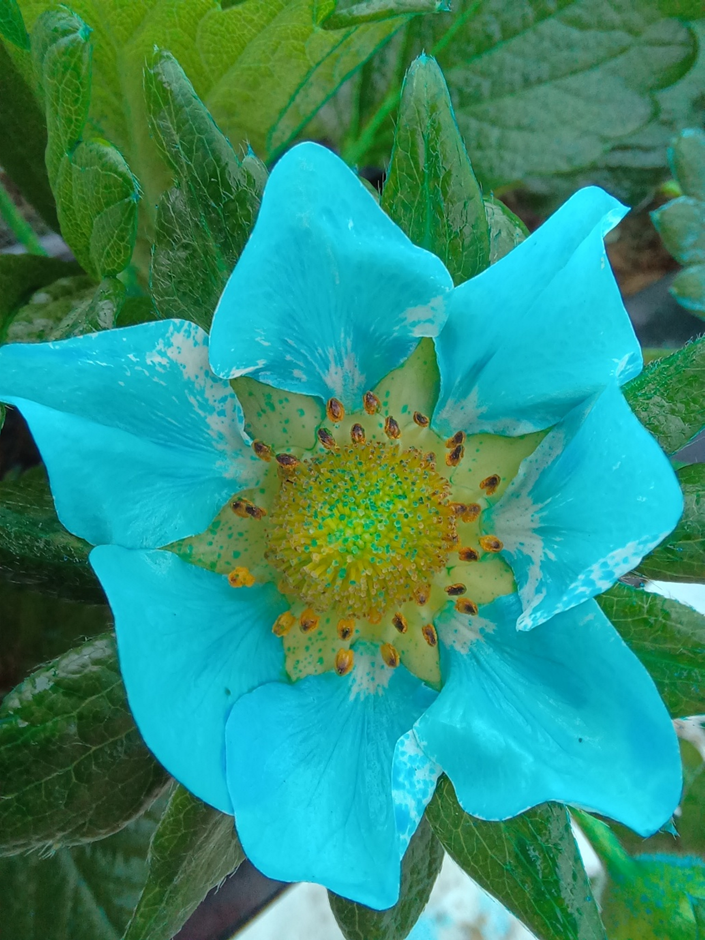© 2025 Berryworld, All Rights Reserved
In 2012, Monika Walter (Plant and Food Research) and team did a bunch of work testing out various botrytis disease models in Nelson to see if we could get better botrytis control by better spray timing. Neither model improved botrytis control. In fact, spraying for botrytis hardly made a difference, full stop! At one site, no-spray flowers had 20% infections, while spray treatments actually had higher botrytis incidence. At the other site the no-spray had 7% botrytis flowers, while the best spray treatment had 2%….at least some improvement. But after all that, the number of flower infections seemed to make no difference to fruit set.
The researchers concluded that spray coverage was highly variable (polite speak for horrible) and average canopy humidity was 89%, which could explain why botrytis sprays were so ineffective. Researchers didn’t speculate why one site had 20% flowers with botrytis while the other had much lower levels.
However, the team did measure the effect of botrytis in blooms on fruit set. Surprisingly, the site with 20% botrytis had a similar % fruit set to the site with much lower botrytis. The team concluded that flower infection was not the main driver of fruit set, or lack thereof.
Talking with Monika, she reckons that using blue food dye to assess spray coverage on flowers is the simplest way to see sprayer performance specifically for botrytis, where the target is flower parts. Water sensitive papers are excellent for understanding spray pattern on leaves, both tops and bottoms.


We’ve sourced “Brilliant Blue food dye” before, it’s a powder of a remarkably royal blue colour that dissolves easily in the spray tank. I bought 1 kg from Hawkins Watts (www.hawkinswatts.com), and mixed it a 2g/L.